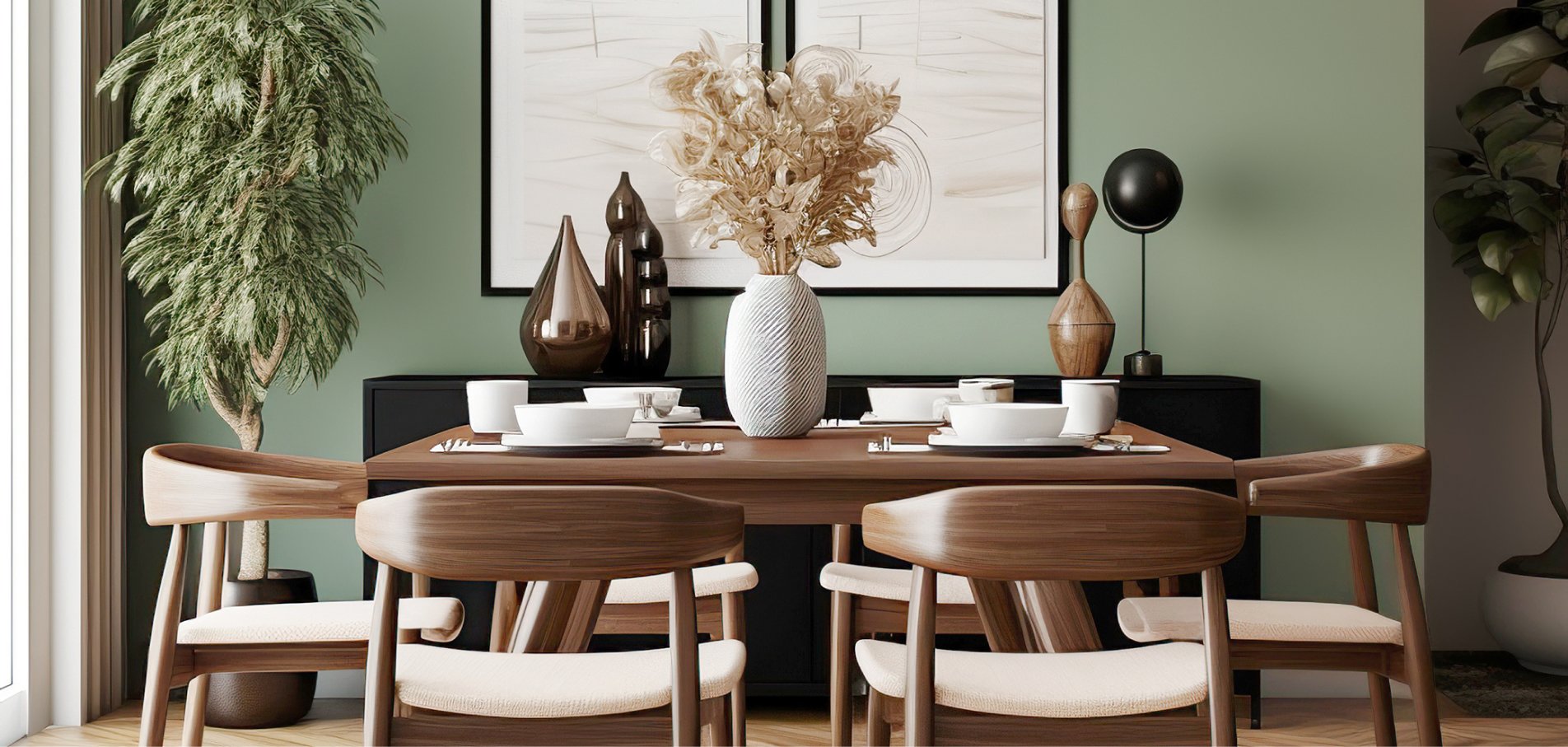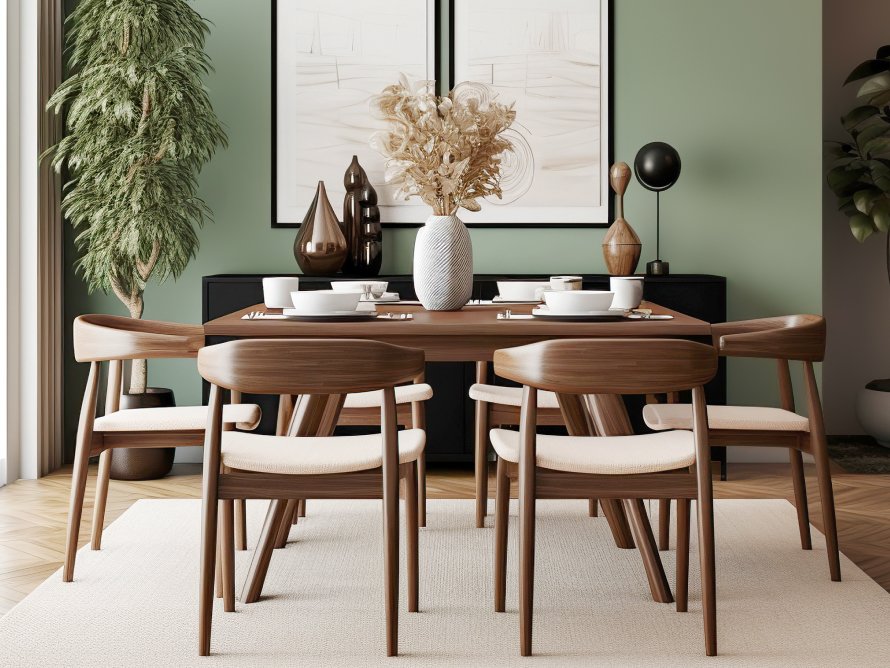You're on the list
By signing up, you agree to receive email marketing.


Spend a few minutes browsing furniture retailer websites and you'll find thousands of options in different colors and styles. With so much to choose from, you may wonder how you'll ever pick the perfect furniture and accessories for your home.
Don't worry. Shopping for furniture isn't as complicated as it may seem. Our furniture buying guide covers everything you need to know about designing your home. These simple strategies will help you learn how to choose furniture that fits your needs and style.
It's easy to get carried away when adding decor and furnishings to your living space. Maybe you fell in love with a chic but pricey sofa or went overboard buying artwork. These extra costs can add up fast.
Avoid these issues by setting a strict budget before you begin the furniture selection process. Be realistic about the expenses of each room and what you can afford.
Start with your larger rooms and consider your foundational needs. If you're starting with a blank slate, allocate most of your budget toward furniture pieces. If you're refreshing a space, you can focus more on accessories and decor.
Furniture comes in a wide range of design styles. Choosing an aesthetic for each room will help you narrow your options and create a cohesive look.
Here are a few popular themes:
Embrace your free-spirited artistic side with a Bohemian interior. This playful style fuses eclectic pieces from different cultures and the natural world. It often includes rattan and wood furniture, metal accents, plants, travel souvenirs, and vibrant fabrics.
Shop nowThis style includes simple furniture with clean lines, neutral colors, and plenty of open space. It uses minimal decor, such as a single statement painting, to add personality without cluttering the space.
Shop nowEscape to the high seas with a nautical theme. This style evokes the ocean by combining rich blues, sandy beige, and bright whites. Nautical rooms typically include rustic wooden furniture, striped textiles, and ocean-inspired artwork.
Shop nowBring a taste of the outdoors into your home with a charming rustic theme. This style uses natural materials, such as handcrafted furniture, wool throw blankets, and stone sculptures. Choose furniture and wall paint in earthy tones like charcoal gray, forest green, and terracotta.
Shop nowThe color palette can transform the look and feel of any space. Choose colors carefully to create the right atmosphere.
Use the 60-30-10 rule to create a balanced color scheme. Pick a dominant color that will occupy around 60% of the room. For example, you could use cream for your couch and walls.
Next, pick a secondary color for 30% of the room. This color complements the dominant shade and adds visual interest. Say, for example, you want to add a brighter color to your cream room. You could choose blue, gold, or green as your secondary color.
Finally, choose an accent color for 10% of the space. Depending on your preferences, this color can tone down the room or add character. For instance, a rich burgundy could add depth to a cream and gold room.
Be honest about your lifestyle as you envision your space. Avoid design styles and furniture that don't fit your day-to-day needs. For example, a clutter-free minimalist style may be unrealistic if you have small children or love collecting souvenirs. Similarly, you may struggle to keep white furniture spotless if you have active pets.
Consider how each piece will fit into your daily routine before you add it to your home. This practical approach will allow you to design a space that's comfortable, functional, and tailored to your needs.
Focus on core pieces as you start the furniture selection process. These items typically take up the most space and anchor the rest of the room. Examples of foundation pieces include:
Beds
Dresser
Dining tables
Sofas and sectionals
Prioritize comfort and durability when selecting these key pieces. Look for furniture made with high-quality fabrics, solid wood, and smooth finishes. You should also read reviews to see if the items meet customer expectations. These strategies will help you select quality furniture you can enjoy for many years.
To conserve space, look for items that serve multiple purposes. For example, a large ottoman could double as a coffee table and extra seating for guests. Meanwhile, a bed with built-in storage can conceal extra bedding and blankets.
Once you've chosen the core pieces, enhance your style with decorative accents. These items should add contrast and visual appeal to the space — not detract from it.
Add more dimension and depth to each room by including accessories of various sizes and shapes. For example, you can layer a tall vase with medium-sized candles on your end table to create balance. You could also use vertical space by placing a slender floor lamp behind a rounded armchair.
Mixing materials and textures will also add visual interest and make the space more inviting. Drape a soft linen blanket over a sleek leather sectional for a cozy touch. Add small wooden bowls, stone sculptures, and houseplants to a bookshelf. The more diverse your decor is in size, shape, color, and texture, the more fun and three-dimensional your home will feel.
Choosing furniture lets you unleash your creativity and showcase your personality. Our strategies will help you choose the right items for your aesthetic, budget, and lifestyle.
If you're ready to get started, browse our selection of curated pieces to help outfit your space from top to bottom.
You're on the list
By signing up, you agree to receive email marketing.